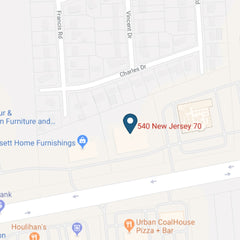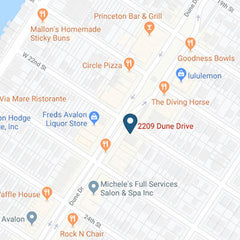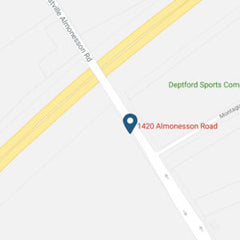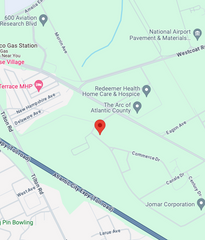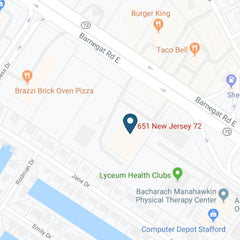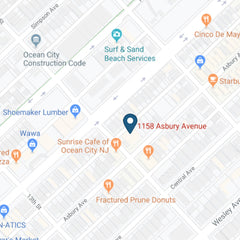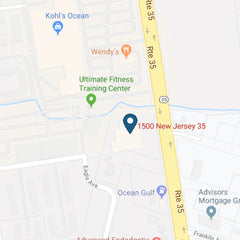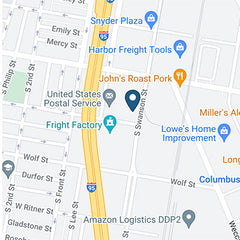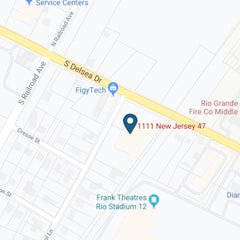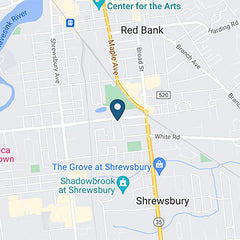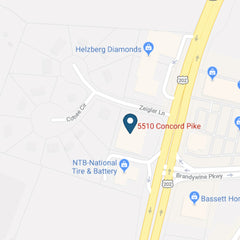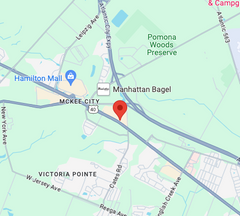We have good news, the laminate flooring you love is now even better. That's right, there is now both waterproof and water-resistant laminate flooring. Yes, you read that correctly. And while they sound like they're the same flooring, there's actually a difference between waterproof and water-resistant and we're here to help you understand each one along with the pros and cons to help you when considering it as your new flooring.
Difference Between Waterproof and Water-Resistant
Waterproof and water-resistant laminate are made like traditional laminate flooring, but with a slight difference in the core layer. The core layer, typically made of compressed high-density fiberboard, is where the most waterproof and water-resistant qualities live. Additionally, there is still a major difference between the two.
- Waterproof laminate means that the water will never be able to penetrate the flooring, no matter how much time as passed.
- Water-resistant laminate typically means that there is a top surface that is highly resistant to moisture (hence the name). So, if you can't get to a spill right away, the water-resistance will help you buy some time before it soaks through - but it will soak in eventually.
To learn more about of the layers that make up laminate flooring, check out our other blog here.
Now that you know the difference between water-resistant and waterproof laminate, let's get into the pros and cons to better understand your options.
Pros of Waterproof and Water-Resistant Laminate
The names of these floors point out the top benefit. The protection both waterproof and water-resistant laminate offer against moisture makes them ideal flooring choices for spaces that tend to get the most spills like bathrooms, kitchens and even laundry rooms. That, plus their durability also helps them last a long time especially with active families and pets. And when compared to traditional solid hardwood, they are an inexpensive flooring alternative.
Another added bonus to these floors is that they are easy to care for and maintain. Simple sweeping, vacuuming and damp mopping from time to time will do the trick. To learn more about the simple ways to clean laminate floors, check out our other blog here.
Cons of Laminate Flooring
As with any type of flooring material, along with the pros there are some cons to consider when making your decision about laminate flooring. For example, if either waterproof or water-resistant laminate flooring gets damaged, they are not difficult to replace, but they usually cannot be sanded down and refinished like solid hardwood. New planks will need to be purchased to replace the damaged areas, and it can also be hard to find replacements that are the exact match to what you already have installed. To help with this, we always recommend customers over order on their original purchase to keep what we call "attic stock." This way, if something happens, you already have the matching replacement planks.
Here are a few examples of some of our top collections, and you can see more of the waterproof laminate flooring here and more of the water-resistant laminate here.
Now that you know all of the important details about the differences between waterproof and water-resistant laminate flooring, it's time for you to visit one of our showrooms to see these collections in person and decide if they're the right flooring options for your home and lifestyle.

